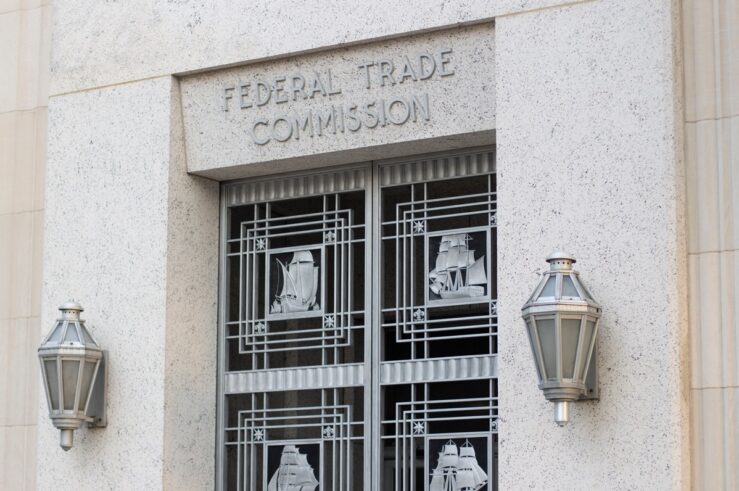Earlier this week, the WSJ reported on a nuance in the New York state tax code that has come take a bite out of at least one bagel company’s profits, and it illustrates how the complexities of arbitrary taxation schemes can rear their ugly heads and create incentives–and challenges–for consumers and sellers alike that would seem silly were it not for their very real economic impacts. The article reads:
State tax officials, under orders from cash-strapped Albany to ramp up their audit and compliance efforts, have begun to enforce one of the more obscure distinctions within the state’s sales tax law.
In New York, the sale of whole bagels isn’t subject to sales tax. But the tax does apply to “sliced or prepared bagels (with cream cheese or other toppings),” according to the state Department of Taxation and Finance. And if the bagel is eaten in the store, even if it’s never been touched by a knife, it’s also taxed.
To make matters even more confusing, this distinction is apparently not clearly stated in the tax code–and it applies to bagels, but not bread. So you can have your bread and slice it too, but not your bagel. Unless, that is, you are going to eat the bagel on-premises, in which case you may as well slice since the marginal tax is zero.
A public welfare argument for such an arbitrary distinction is difficult to imagine. Even Catherine Rampell at the NYT recognizes the difference between a Pigouvian tax and a completely arbitrary one. (Please refrain from the obvious point that those are not mutually exclusive sets, since the ‘welfare measures’ used for most any Pigouvian tax can be rather arbitrary themselves.) I’m guessing Ms. Rampell is a bagel eater!
Besides the incentives for people to simply cut their own bagels (no word on whether the provision of free plastic knives is somehow taxed), one should wonder about the further implications of this tax scheme. If customers are charged a tax for eating on premises, how is the store owner supposed to enforce the transaction? Chase customers out of the store before they can pull the bagel out of their to-go bag and take a bite? Have a “tax staff” that goes around collecting the additional 7 or 8 cents from any customer who (wittingly or no) defies the carry out rule? A tax of 7-8 cents may seem not worth the effort, at least not on a per customer basis. Perhaps the bagel shop owner should just increase the menu price to include taxes…meaning the shop owner would be price discriminating against whole-bagel-eaters on the go. Or a tax-included menu might allow for some cross-subsidization from those on the go to the slice-or-stay crowd. Of course, the tax-included menu might result in greater consumer upset (or confusion) since the prices of all products would have to be shown higher.
Will a consumer choose to eat on the go simply to save a few cents? Maybe not. But apparently the new tax is causing some displeasure with consumers, suggesting such a change might not be unrealistic. And what then? Are customers who linger in the shop more likely to buy more items before they leave, pay for coffee refills, etc.? Will the shop lose additional revenue because of the change in dining behavior? Will the state end up losing revenue in its attempt to find more?
My guess is no one in Albany has thought that one through.




